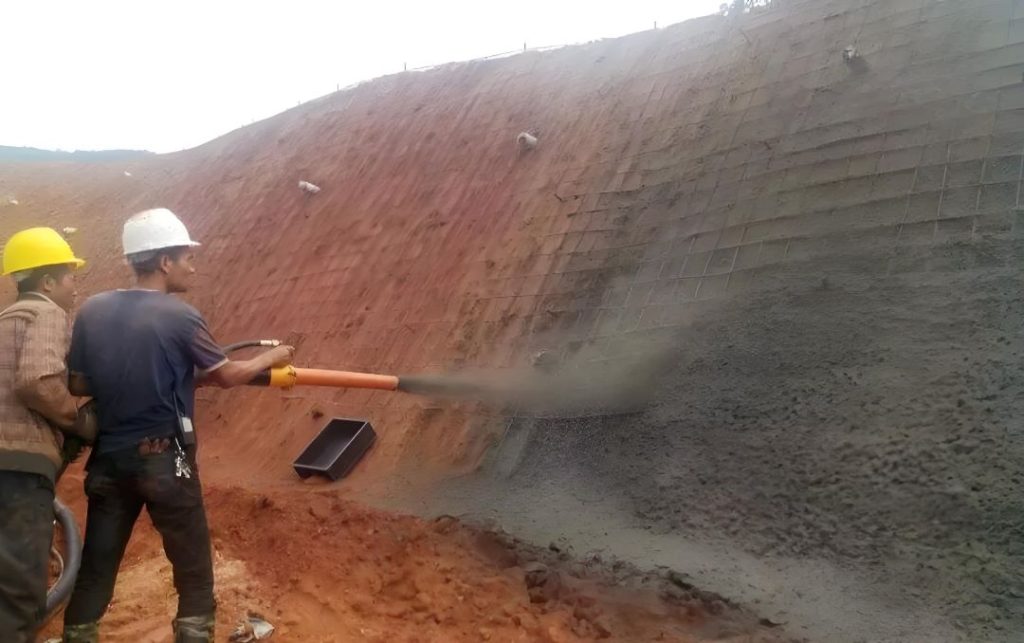How much pressure is needed to pump concrete? The pressure needed to pump concrete depends on several factors, including the type of concrete, the distance it needs to travel, and the size and type of pump being used. However, some general guidelines can be provided.

1. Concrete Type:
- Normal Mix Concrete: Typically requires between 500 and 700 psi (pounds per square inch) to be pumped.
- Flowable Concrete: For more fluid mixes (e.g., self-leveling concrete), the pressure needed is lower and may range from 300 to 500 psi.
- Stiff Concrete Mixes: For high-strength or low-slump concrete, higher pressure is required, sometimes exceeding 800 psi.
2. Pump Type:
- Piston Pumps: These are commonly used for pumping concrete, and they usually operate at pressures of about 500 to 1,000 psi.
- Squeeze Pumps: These can sometimes require higher pressures, up to 1,500 psi, depending on the mix and pump configuration.
3. Distance and Elevation:
The farther the concrete needs to travel, and the higher it needs to be pumped (e.g., for a high-rise building), the more pressure will be required.
- Horizontal Distance: Typically, for each 100 feet of horizontal distance, pressure may need to be increased by 50-100 psi.
- Vertical Lift: For every 10 feet of vertical lift, additional pressure of about 50 psi is needed.
4. Pipe Size and Obstacles:
The diameter and condition of the pumping hose or pipeline also influence the pressure. Smaller hoses or those with bends (like 90° elbows) increase friction, requiring higher pressures.
General Pressure Ranges:
- Typical Pumping Pressure: Between 500 and 1,000 psi for most standard concrete mixes.
- High Pressure for Stiff Mixes: Can exceed 1,000 psi, particularly if the mix is stiff or the distance is long.
A concrete pump typically operates at pressures between 800 and 2,000 psi for most construction jobs, but this can vary widely depending on the specific circumstances mentioned above. It's important to ensure that your pump has sufficient power to handle the pressure demands of your project to avoid issues like blockages or damage to the pump equipment.





